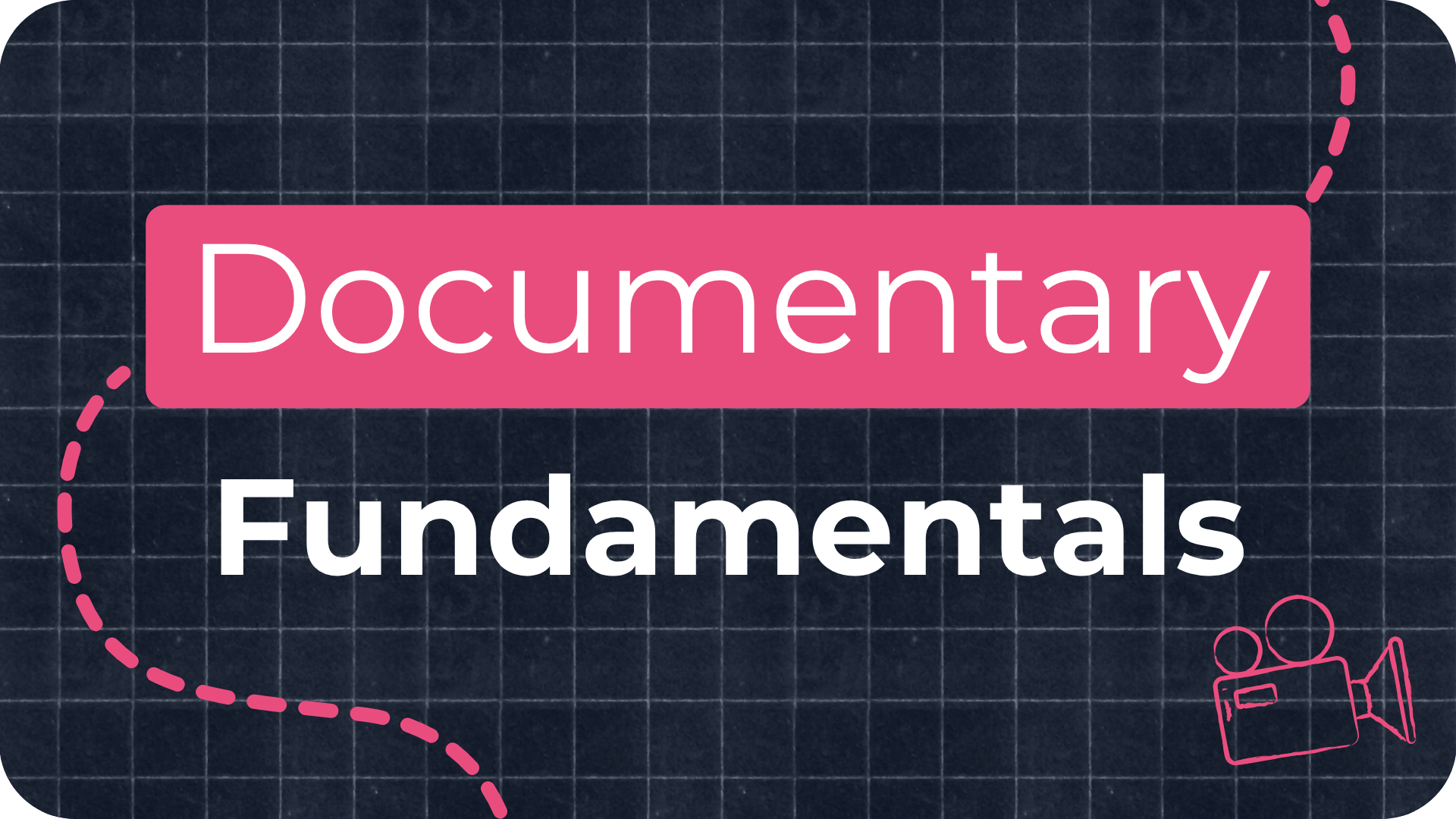What Makes a Great Documentary? Key Elements for Creating an Unforgettable Film

Documentary filmmaking is a powerful form of storytelling that does more than entertain—it educates, inspires, and provokes thought. But what makes a documentary truly compelling? There's no single formula, but successful documentaries often blend strong narrative, authenticity, and cinematic craftsmanship. Here, we'll break down the key elements that make a documentary not just good, but unforgettable.
1. A Story with Emotional Resonance
A good documentary starts with more than just an interesting topic—it needs a story that resonates emotionally. The difference between a documentary that simply informs and one that captivates lies in its narrative core. Whether the topic is climate change, social justice, or personal achievements, the real impact comes from the emotional journey the story offers.
A strong narrative takes viewers through emotional highs and lows, personal struggles, and transformations. It connects them to individuals in meaningful ways. Think of Hoop Dreams (1994)—it's not just about basketball, but about the dreams, challenges, and obstacles faced by two young athletes. The emotional story matters more than just the topic.

2. Relatable, Complex Characters
Characters are at the heart of any good documentary. Whether they're activists, ordinary people, or public figures, the individuals in your film must have depth and authenticity. A well-rounded character grows, faces challenges, and evolves—keeping the viewer invested.
Documentaries like Jiro Dreams of Sushi (2011) succeed because they're about more than the surface-level subject. Jiro Ono's dedication and philosophy connect with audiences on a personal level. His story goes beyond sushi to say something about ambition, perfection, and the human experience.
3. Maintaining Tension and Structure
A successful documentary keeps its audience engaged from start to finish. It's not enough to simply present footage or facts. The pacing and structure should maintain tension throughout, slowly revealing information and building anticipation.
Consider The Thin Blue Line (1988), which gradually unpacks new evidence in a wrongful conviction case, keeping viewers engaged until the final moments. Leaving some questions unanswered at key points also builds curiosity, keeping the narrative fresh and compelling.
4. Choosing the Right Documentary Style
Storytelling is the foundation of any great documentary, and choosing the right narration style is essential. Your narration style will impact how you shoot, edit, and structure your film, influencing how viewers emotionally connect with the story.
Here are four key narration styles to consider:
- Interview-led: Interviews form the core of the story, often complemented with b-roll footage. This style gives insight into characters' thoughts and feelings but can be less dynamic if speakers are unexpressive.
- Narrator-led: A narrator explains the story, adding context to scenes. This allows for more control, but heavy narration risks overwhelming the visuals.
- Presenter-led: A presenter guides the audience through the story. This can create a strong focal point but may distract from the main narrative.
- Observational: Often called "fly-on-the-wall," this style captures events as they happen without narration. It offers objectivity but can be challenging to capture compelling footage.
Many documentaries combine these styles to suit their stories. Virunga is a great example, using both interview-led and observational approaches to create an emotional and powerful narrative. Choose your style based on your story, characters, and the emotions you want to evoke.

5. Intimate, Immersive Access
Great documentaries give viewers access to people, places, or situations they wouldn't otherwise experience. This isn't just about getting behind closed doors—it's about gaining the trust needed for real vulnerability.
Access brings authenticity. Consider The Cove (2009), which exposes the brutal killing of dolphins in Japan. The filmmakers' ability to gain unprecedented access makes the documentary impactful, creating a sense of urgency and emotional connection. This kind of access is also an effective SEO factor as it adds depth and uniqueness to your story.
6. Cinematic Quality and Visual Impact
While content is king, visuals can elevate the story. Cinematic quality matters—well-composed shots, effective lighting, and creative camera work all add layers of immersion and emotion. High-quality visuals can also improve viewer retention, which positively impacts SEO.
Planet Earth is a great example—stunning visuals draw viewers into the natural world, adding wonder to the narrative. Even more intimate documentaries can benefit from careful cinematography, amplifying the impact of each scene.
7. Insight and Bigger Themes
A great documentary does more than tell a story—it comments on broader themes. The narrative may focus on one person or event, but it should touch on universal truths that resonate beyond the screen.
An Inconvenient Truth (2006) tells Al Gore's personal story but uses it to discuss the global consequences of climate change, igniting a worldwide conversation. A documentary with depth makes viewers reflect, question, or take action. Incorporating these larger themes can also increase search relevance, helping your documentary reach a wider audience.
Crafting an Unforgettable Documentary
Documentaries can change perspectives and inspire action. By combining authentic storytelling with cinematic techniques, filmmakers can craft documentaries that are emotionally powerful and thought-provoking. Strong characters, immersive access, stunning visuals, and meaningful themes all contribute to creating something unforgettable.
When all these elements align, a documentary becomes more than just a film—it becomes an experience that stays with viewers long after they watch it. This is what makes a documentary memorable, shareable, and impactful, driving both viewer engagement and search engine success.




















